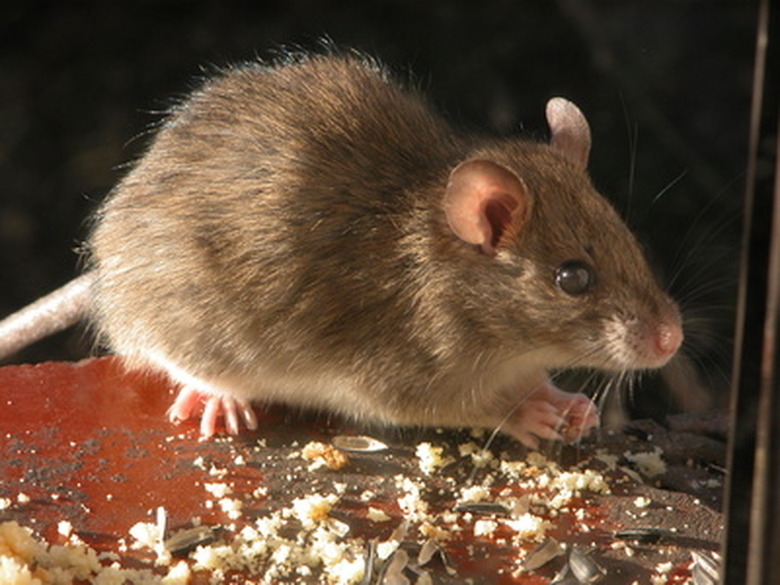How To Identify Shrews, Moles & Voles
At first glance, shrews, moles and voles look nearly identical to one another, but you'll see that they have distinct differences when you take a closer look. Voles (Microtus genus) are also called meadow or field mice and are rodents, while shrews (Soricidae family) and moles (Talpidae family) belong to the Insectivora order, which includes mammals that eat insects. You may see moles, voles or shrews in and around your house or garden, but you'll need to identify them correctly to know if you need to deal with them, and how.
Step 1
Identify the shrew, mole or vole by its size. Shrews are small and mouse-sized, while moles are larger, with bodies about 6½ to 7 inches long (not including the tail). Voles have compact, stocky bodies and are usually 5 to 7 inches long from the tip of the nose to the end of the tail.
Step 2
Study the fur. Shrews have dense fur that's a uniform color, not multicolored like mice. Voles usually have gray or brown fur, with dense under-fur and longer, thicker guard hairs.
- At first glance, shrews, moles and voles look nearly identical to one another, but you'll see that they have distinct differences when you take a closer look.
- Shrews are small and mouse-sized, while moles are larger, with bodies about 6½ to 7 inches long (not including the tail).
Step 3
Look at the snout. Shrews have long, narrow skulls with distinct, elongated snouts. Moles have a hairless, pointed snout that extends nearly a half-inch beyond their mouths. Voles, on the other hand, don't have elongated snouts.
Step 4
Identify the shrew, mole or vole by its eyes. Moles have very small eyes, which are concealed by fur. Voles have larger eyes than moles and shrews, but the eyes are still small and partially hidden by fur. Shrews have small eyes that are not concealed by its fur.
- Shrews have long, narrow skulls with distinct, elongated snouts.
- Voles have larger eyes than moles and shrews, but the eyes are still small and partially hidden by fur.
Step 5
Study the feet. Shrews have five clawed toes on each foot. Voles have short legs and small, delicate feet and forefeet with only four toes, like other rodents. Moles have very large, broad forefeet with webbed toes, as well as hindfeet that are small and narrow with slender, sharp claws.
Step 6
Look at the tail. Shrews have long tails that can be nearly the same length as their bodies, while moles have 1¼-inch-long tails. Voles have stubby tails that are the shortest of the three.
- Shrews have five clawed toes on each foot.
- Voles have short legs and small, delicate feet and forefeet with only four toes, like other rodents.
Tip
You can also identify a shrew, mole or vole by what it's eating. Both moles and shrews are insectivores, eating beetles, grasshoppers, wasps, crickets, spiders, earthworms and other insects and their larvae. Voles, however, feed on plants and only occasionally eat insects, snails and animal remains.
Warning
Don't confuse shrews with moles. Shrews have small teeth that are sharp and dark-tipped, while moles don't have these distinct, dark-tipped teeth. Also, moles tunnel and live underground, and are rarely seen, while shrews live above ground.
